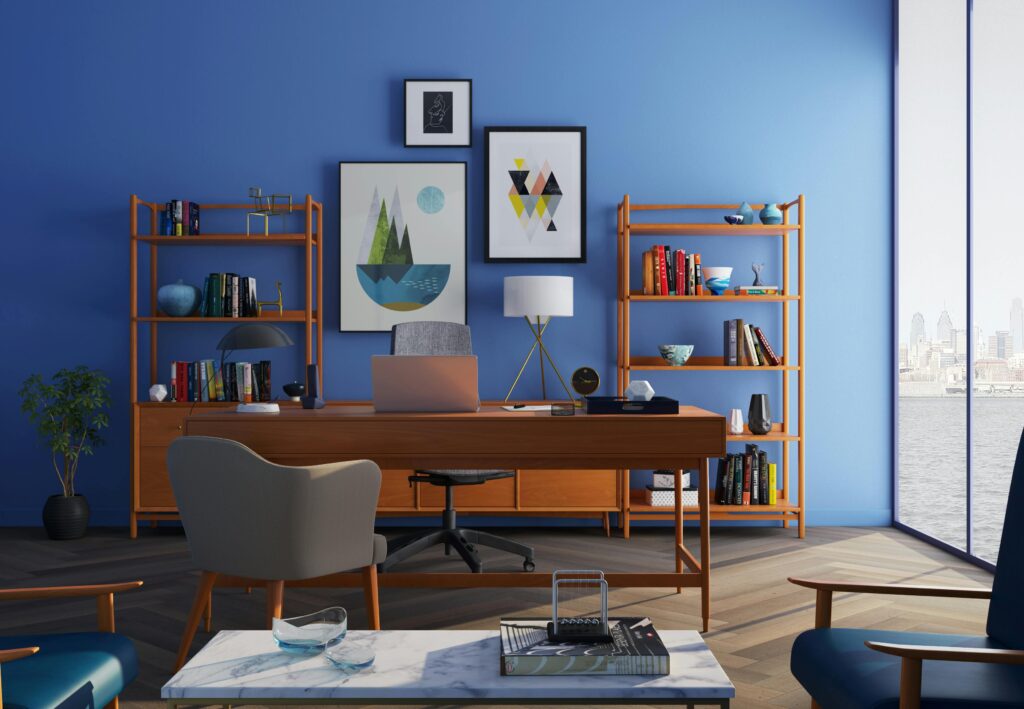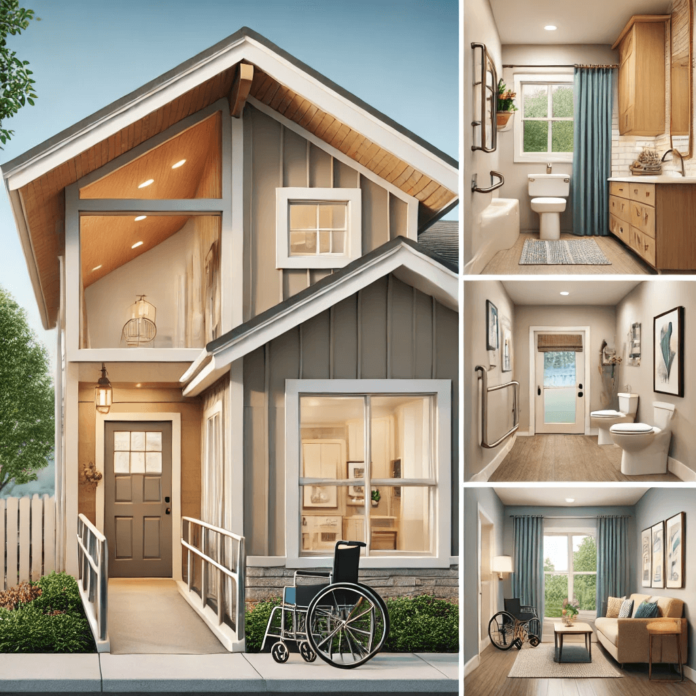Introduction
Planning for the future is crucial when it comes to designing a home that adapts to changing needs. Room additions for aging-in-place, home additions for seniors, and thoughtful aging-in-place design can transform your living space into a haven of safety, accessibility, and comfort. These modifications allow you to maintain independence, enhance daily living, and enjoy a familiar environment as you age. By incorporating features such as accessible bathrooms, first-floor master suites, and smart technologies, your home can support your evolving lifestyle while promoting both comfort and functionality.
As people plan for their golden years, the concept of “aging in place” is becoming increasingly popular. Aging in place means living comfortably and independently in your own home for as long as possible. By incorporating thoughtful room additions, you can create a space that caters to your needs both now and in the future. These additions not only enhance safety and accessibility but also provide peace of mind for you and your loved ones.
Key Considerations for Aging-in-Place Room Additions
Accessibility
Accessibility is one of the most critical factors in designing a home for aging in place. Start with wider doorways and hallways to accommodate wheelchairs or walkers. Consider eliminating steps at entry points by installing ramps or step-free entrances. These adjustments ensure ease of movement throughout the home, reducing the risk of accidents.
Safety Enhancements
Safety is another vital consideration. Install non-slip flooring to prevent falls and add grab bars or support rails in areas prone to slips, such as bathrooms and staircases. These simple yet effective measures create a safer living environment for everyone.
Types of Room Additions for Aging in Place
First-Floor Master Suite
Adding a master suite on the first floor eliminates the need for navigating stairs, a common challenge as mobility decreases. A first-floor suite should include a spacious bedroom, an accessible bathroom, and ample closet space. Features like walk-in closets with adjustable shelving and remote-controlled lighting can enhance convenience and usability.
Accessible Bathrooms
Bathrooms are one of the most important areas to consider when designing for aging in place. Roll-in showers with handheld showerheads and adjustable fixtures allow for safe and comfortable use. Elevated toilets paired with grab bars make it easier for individuals with limited mobility. Ensure that the flooring is slip-resistant and that there is adequate space for maneuverability.
Kitchen Modifications
A kitchen tailored for aging in place includes lower countertops, pull-out shelves, and easy-to-reach cabinets. Adding touchless faucets and large, easy-to-read controls on appliances can further simplify daily tasks. Adequate lighting, particularly under cabinets, ensures a well-lit and functional space.
Design Features for Comfort and Usability
Ample Lighting
Good lighting is essential in an aging-in-place design. Use a combination of natural light and task lighting to ensure visibility in all areas. Motion-activated lights can be particularly helpful in hallways and bathrooms, minimizing the risk of trips and falls during the night.
Smart Home Technologies
Smart home features are a game-changer for aging in place. Voice-activated systems allow users to control lights, thermostats, and even door locks without needing to get up. These technologies can enhance safety and convenience, providing an added layer of independence.
Flexible Spaces
Create multi-functional rooms that can adapt to changing needs. For example, a guest bedroom can double as a hobby space or home office. Flexibility in design ensures that your home remains practical as your lifestyle evolves.
Outdoor Additions and Modifications
Ramp and Porch Designs
Outdoor spaces should be as accessible as the indoors. Ramps with gradual slopes allow for easy wheelchair or walker access. Covered porches with comfortable seating provide a relaxing space to enjoy fresh air while maintaining accessibility.
Low-Maintenance Landscaping
Simplify outdoor maintenance by incorporating low-maintenance landscaping features. Use pavers for smooth pathways and select hardy, low-water plants that require minimal care. This approach allows you to enjoy your outdoor space without the burden of constant upkeep.
Financial and Emotional Benefits of Aging in Place
Room additions for aging in place often represent significant upfront investments, but they save money in the long run by avoiding the high costs of assisted living or nursing homes. Beyond the financial savings, the emotional benefits of staying in a familiar environment, surrounded by cherished memories, are invaluable. Aging in place helps maintain independence and fosters a sense of security.
Professional Guidance for Room Additions
Hiring an Architect or Designer
Working with a professional ensures your aging-in-place modifications are both functional and aesthetically pleasing. Architects and designers experienced in this area can suggest innovative solutions to meet your needs without compromising style.
Working with Certified Aging-in-Place Specialists (CAPS)
Certified Aging-in-Place Specialists (CAPS) are trained to address the unique challenges of designing for older adults. These experts can provide valuable insights into creating safe, comfortable, and accessible spaces tailored to your specific requirements.
Room Additions for Aging in Place: Creating a Safe and Comfortable Home

As we age, our homes must adapt to meet our evolving needs. Room additions for aging in place provide a practical solution for ensuring safety, comfort, and accessibility. These modifications enable seniors to maintain their independence and stay in their homes longer, avoiding the need for assisted living facilities.
Key room additions might include:
- First-floor master suites to eliminate the need for climbing stairs.
- Accessible bathrooms with roll-in showers, grab bars, and elevated toilets.
- Expanded hallways and doorways to accommodate wheelchairs and walkers.
By thoughtfully designing these spaces, you can create a home that supports mobility, reduces risks, and enhances daily life for seniors. Room additions tailored for aging in place ensure that every corner of your home remains functional and welcoming, no matter your stage of life.
Conclusion
Planning for the future by designing room additions for aging in place is a thoughtful and practical way to ensure comfort and independence as you age. By addressing accessibility, safety, and functionality, you can create a home that evolves with your needs. With the right planning and professional guidance, your home can remain a sanctuary for years to come, supporting your desire to age in place gracefully and comfortably.














